There’s a famous line from Shakespeare’s Hamlet that says “There are more things in heaven and Earth, Horatio, than are dreamt of in your philosophy,” and the same now holds true for brave new worlds for humans to explore.
This result was published earlier this week courtesy of the NASA/JPL Near-Earth Program Office. The study found that the number of possible asteroid targets for human exploration has now doubled from the 666 known in the first study, completed in late 2010.
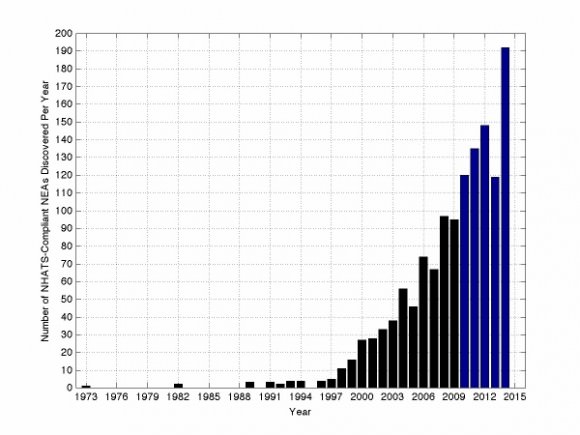
This information comes from NHATS, which stands for the Near Earth Object Human Spaceflight Accessible Targets Study. Yes, it’s an acronym containing acronyms. NHATS is an automated system based out of Greenbelt, Maryland which monitors and periodically updates its list of potential target candidates for accessibility. The NHATS system data is readily accessible to the public online, and as of February 11th 2015, 1346 NHATS compliant asteroids are known.
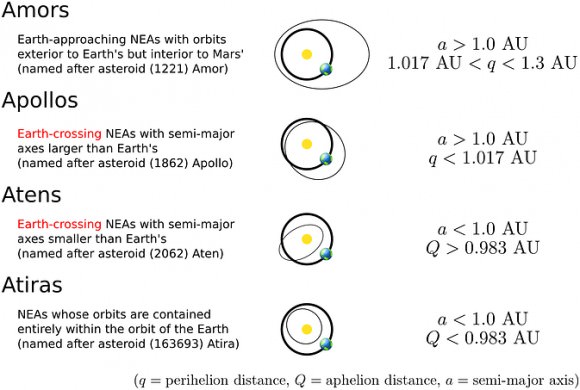
This is the Holy Grail for the future of manned spaceflight, and will represent a good stepping stone (bad pun intended) for future crewed missions to Mars. Several hundred NHATS asteroids require less time and energy to reach than the Red Planet, and a few dozen even require less energy to reach than it does to enter lunar orbit.
Relative delta-V and return velocity is crucial. Apollo astronauts were subject to a blistering 11 kilometre per second reentry velocity on their return from the Moon, and future asteroid missions would be subject to the same style of trajectory on return to Earth from a solar orbit.
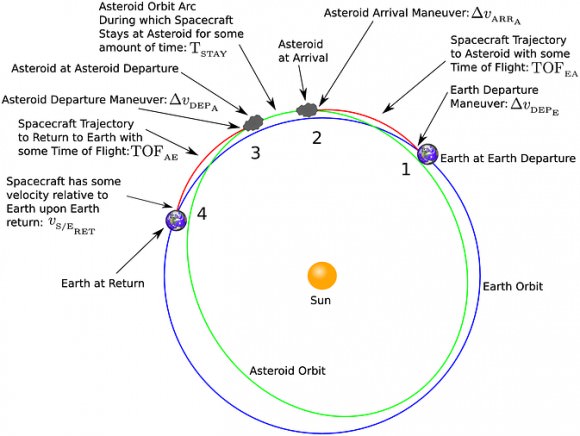
The test of the Orion heat shield on reentry during last year’s EFT-1 flight was a step in this direction, and the next test will be an uncrewed launch atop an SLS rocket in September 2018. If all goes according to schedule — and NASA can successfully weather the ever-shifting political winds of multiple future changes of administration — expect to see astronauts exploring an NHATS asteroid placed in lunar orbit sometime around late 2023.
I know. “When I was a kid back in the 70’s…” we expected to be vacationing on Callisto by 2015, as well.
Brent Barbee at NASA’s Goddard Space Flight Center designed the automated NHATS system. It pulls data from a source that many comet and asteroid hunters are familiar with: JPL’s Small Bodies Database. The NHATS system then makes trajectory calculations and patches in conical solutions for possible spacecraft trajectories and actually gives potential launch window dates for future missions. Seriously, its fun to play with… you can even tailor and filter these by target dates versus maximum velocity constraints and the length of stays.
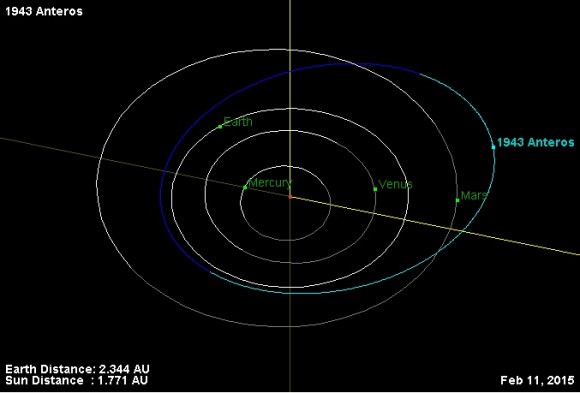
The first discovered NHATS-compliant NEO was 2.3 kilometre 1943 Anteros way back in 1973, and famous alumni on the NHATS list also include 10 metre asteroid 2011 MD, which passed 12,000 kilometres from the Earth on June 27th, 2011. 2011 MD is on NASA’s short list of asteroids ideal for human exploration. Another famous asteroid on the NHATS list is 99942 Apophis which — triskaidekaphobics take note — will safely miss the Earth by 31,300 kilometres on Friday the 13th, April 2029. More are added every day, and the growing curve of discoveries also closely mirrors the rise of automated all-sky surveys such as LINEAR, PanSTARRS and the Catalina Sky Survey, though dedicated amateurs do get in on the act occasionally as well.
To date, over 12,000 NEA asteroids are now known, and you can expect future surveys such as the Large Synoptic Survey Telescope set to see first light in 2021 to add to their ranks. The Sentinel space telescope set to launch in 2017 will also boost the known number of NEOs as it covers our sunward blind spot from an orbit interior to the Earth’s. Remember Chelyabinsk? That could actually be a great rallying cry for Sentinel’s cause, as the asteroid came at the Earth from a sunward direction and avoided the sky sweeping robotic eyes of astronomers.
Sometimes, NEOs turn out to be returning space junk from the early Space Age (a low relative velocity and low orbital inclination is often a dead giveaway). Earth has also been known to capture an NEO as an occasional temporary second Moon, as occurred in 2006 in the case of asteroid 2006 RH120.
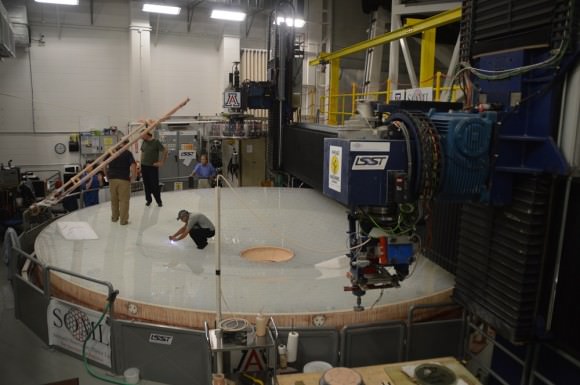
But beyond just creating a database, the NHATS system also presents key opportunities for astronomers to perform follow-up observations of NEO asteroids, which is vital for precisely characterizing their orbits. Two future missions are also planned to return samples from NHATS asteroids: Hayabusa 2, which launched on December 3rd 2014 headed for asteroid 1999 JU3 in July 2018, and the OSIRIS-REx mission, set to launch in late 2016 headed for asteroid 101955 Bennu in 2018.
NHATS is providing a crucial target list for that day when first human footfall on an asteroid occurs… or should we say docking?

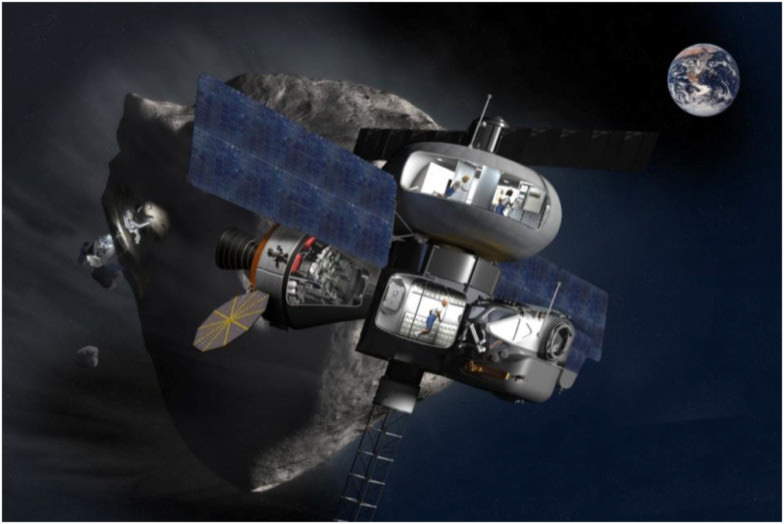
“…expect to see astronauts exploring an NHATS asteroid placed in lunar orbit sometime around late 2023.”
Not a snowball’s chance in hell! The hardware won’t be ready, the asteroid won’t be there, and, years before, NASA will likely have been given a new — and we hope more realistic — goal for the SLS/Orion.
“The hardware won’t be ready, the asteroid won’t be there, and, years before, NASA will likely have been given a new (…) goal”
Hey, sunshine… You forgot to add, “It’ll be overcast for years, gravity will stop working right, math will fail, the Chinese will take over and NASA’s dog will eat all the paperwork”… GEEZ! Great info, Dave! Thanks for the article… Oh, and BTW, these future missions should give Earth based amateur sky gazers some awesome $^!t to observe also, no?! 😉
Yup… I’m personally looking forward to observing Apophis in 2029, should be a naked eye 3rd magnitude object. Hopefully, we’ll be able to visit it in person as well by then…
Agree that SLS/Orion will likely never fly beyond an initial flight or 2 to LEO. The launcher is WAY too expensive to fly assuming it ever completes development which is also unlikely. The last 2 NASA launcher developments never flew and cost billions. What is different about SLS which every 2nd year has slipped a year in its launch date?
Maybe not in 2023, but it will happen.
Come on, that ridiculous ARM mission won’t happen. The president canceled the Moon program (“We’ve been there done that”, he said) because he was falsely informed that humans could go to an asteroid with Orion. That is impossible. This charade of pretending to tow a meteoroid to save his face will end as soon as the president leaves the White House.
Leading asteroid scientists agree that ARM has no scientific value at all. As a technological exercise it might be good, but then please just ignore the stone! Do the exercise by towing cargo to Mars instead. And send the astronauts by bus to a museum where they can study plenty of meteorites.
“Leading asteroid scientists agree that ARM has no scientific value at all”… Link, please?
Planetary Sciences Subcommittee 2014 September 3-4, page 31 point 5:
”
PSS perspective on the Asteroid Redirect Mission: PSS agrees with and supports the PSD’s position that the ARM is not a science mission, and the SBAG finding that states:
“The portion of the ARM concept that involves a robotic mission to capture and redirect an asteroid sample to cis-lunar space is not designed as an asteroid science mission and its benefits for advancing the knowledge of asteroids and furthering planetary defense strategies are limited and not compelling.”
”
JPL themselves says that “ARM is not a science mission”, 58:55 into this Karman lecture recently:
http://www.jpl.nasa.gov/events/lectures_archive.php?year=2014&month=11
A debate article with some more links:
http://www.thespacereview.com/article/2332/1
And it easy to realize that thousands of meteorites have been found on Earth, and several sample returns from asteroids have been or are being conducted. The diversity and huge quantity of asteroids requires wide surveys rather than studying a single one of them. We have thousands of them in the museums already. As a technology demonstration, they should get rid of the stone and instead transport real cargo to a useful place for future use, for example cargo to a Lunar pole or to Mars.
ARM is a charade with the only aim to save the face of the president. NASA is actually continuing its work to return to the Moon with minimum waste of resources to the propaganda ARM mission which will never happen.
I’ve made a reply with links. It is up to the moderator to post it. unfortunately UniverseToday is slow in that respect.